When We Were Coders: The Nerd’s Nostalgic Journey
From machine code and punchcards to AI copilots—what’s next?
Two things hit me recently while playing with a new crop of AI-powered coding copilots: AI now writes code better than most junior developers, and it’s been 20 years since I last coded professionally. This got me thinking—what did coding feel like before autocomplete, GitHub Copilot, and Cursor? Consider this a trip down memory lane to mark the anniversary.
Here are the projects I remember:
Factorial calculation, late ’70s – Machine code for the Soviet MK-54 scientific calculator. My first program that did something useful—automated a particularly annoying school assignment that required computing factorials for double-digit numbers. The MK-54 had 14 instruction units and 98 memory units. No persistent storage—turn it off, and the program was gone. Coding it was a pain, but every computing platform felt like an upgrade after that. And it was fun. I was very proud of myself!
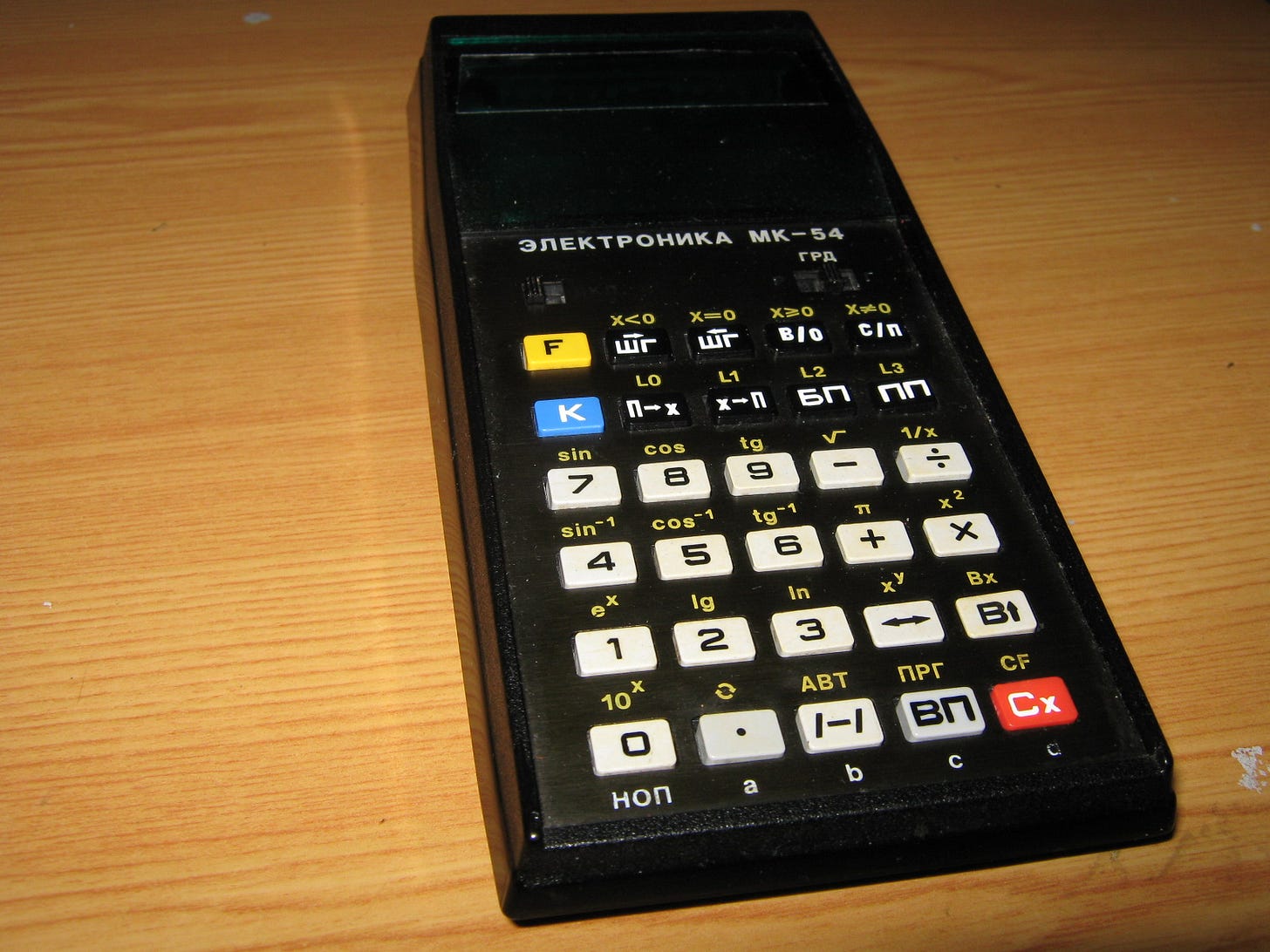
Simple statistical analysis of the experimental data, 1984 - FORTRAN / BESM-6, punch cards, calling a library off tape storage. The data was from field experiments on Vavilov Ice Cap, Severnaya Zemlya Archipelago—7-month "summer" practice after my third year:
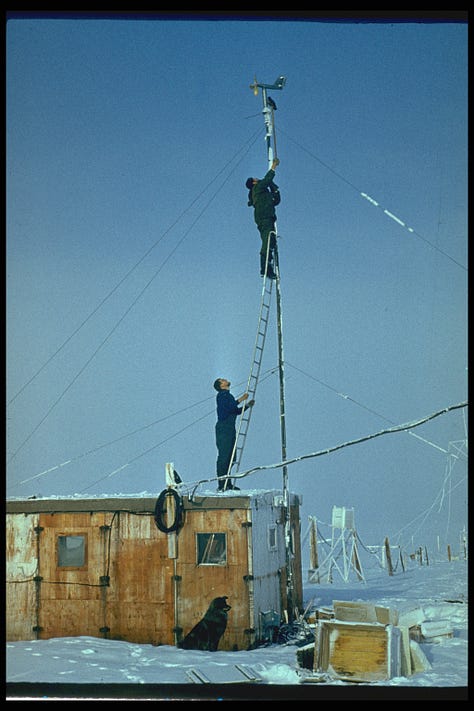
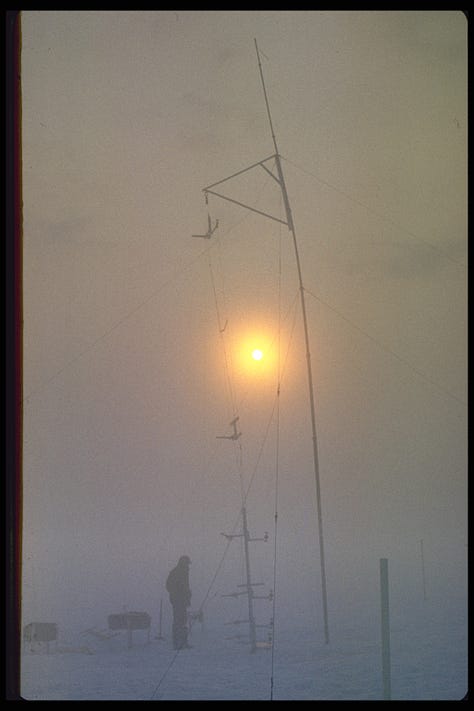
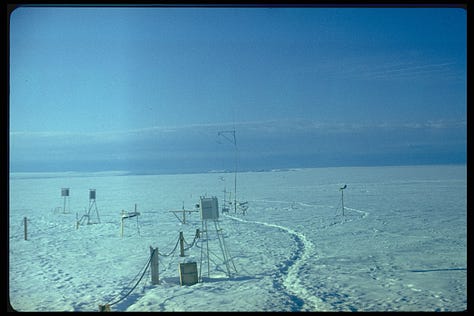
Getting data the hard way: Vavilov Ice Cap polar station, Severnaya Zemlya Archipelago, July 1984 DIY charting library for FORTRAN, 1984 - I wiggled my way into a terminal class of the CS department and got access to a fancy Japanese ink plotter!
One-dimensional model of atmospheric turbulence over a glacier, 1985 - FORTRAN / BESM-6. Course paper.
Meso-scale 4D model of surface-atmosphere turbulent exchange, late 1980s - FORTRAN / Macintosh Plus with beastly Motorola 68881 FPU, a major upgrade from BESM-6, courtesy of German
smugglersentrepreneurs bypassing COCOM sanction. A big part of my Ph.D. work.Macroeconomic model for decision-makers, 1991-1993 - Excel / Windows. My first job in the U.S., a think-tank Research Associate.
Accounting software, 1993 - FoxPro / Windows. Side gig, supplementing my researcher salary.
Desktop imaging software, 1995 - C++ / Win32 API and MFC. The app Kodak shipped with its Photo Disks (floppies!) and Picture CDs. We did magic—cropping, rotating, brightness and color correction, even red-eye removal! My first job as a professional software engineer.
First working prototype of the web-based Kodak Picture Network, one weekend in early 1995 - HTML. Kodak wanted to explore this new thing called the Internet. I was playing with the just-released Netscape Navigator…
Software toolkit for multiprocessor system programming, 1996 - C and C++ / Linux and multiple UNIX flavors / all sorts of multiprocessor hardware architectures. My first startup job - ex Thinking Machines founders, super-talented engineers. Lots of fun, lots of learning. Bad business—killed by Oracle 7, which added support for SMP / MPP architecture and offered 80% of our magic out of the box.
Windows NT version of Sybase IQ, 1997 - C++ / Win32. Contract—helping the UNIX shop move to Windows. More fun with multithreading, hardware abstraction, and such.
Scripting engine (language interpreter and virtual machine), 1998 - C++ / Win32. Contracting for a startup pioneering web animation streaming. They needed a clean-room implementation of Macromedia Director’s Lingo bytecode VM. My dreams were filled with hex code—never again! But building a scripting language interpreter and virtual machine was fun.
Enterprise-scale distributed document change management system, 1999 - Java, C++, SQL, CORBA. Big $$$ consulting.
CRM for big banks, 1999 - Java, C++, SQL, CORBA. More consulting. First IPO payday—stock options on top of $$$.
Content Distribution Networks, global routing, ISP-scale web caching and video streaming, 1999-2003 - Java, C++ / custom Linux / DIY network appliances. My first commercially successful startup and my first experience dealing with clients—supporting our Sales team in their conversations with ISPs. Also, the privilege of working with Barbara Liskov and other insanely talented people.
After that, I crossed over to the dark side—product and business. My coding has been mostly SQL and shell scripts. In the meantime, layers upon layers of software were built, and now AI copilots tap into all that power. Wow.
I've seen multiple tech waves come and go, and I'm curious—what will AI copilots mean for the next generation of startups and coders?


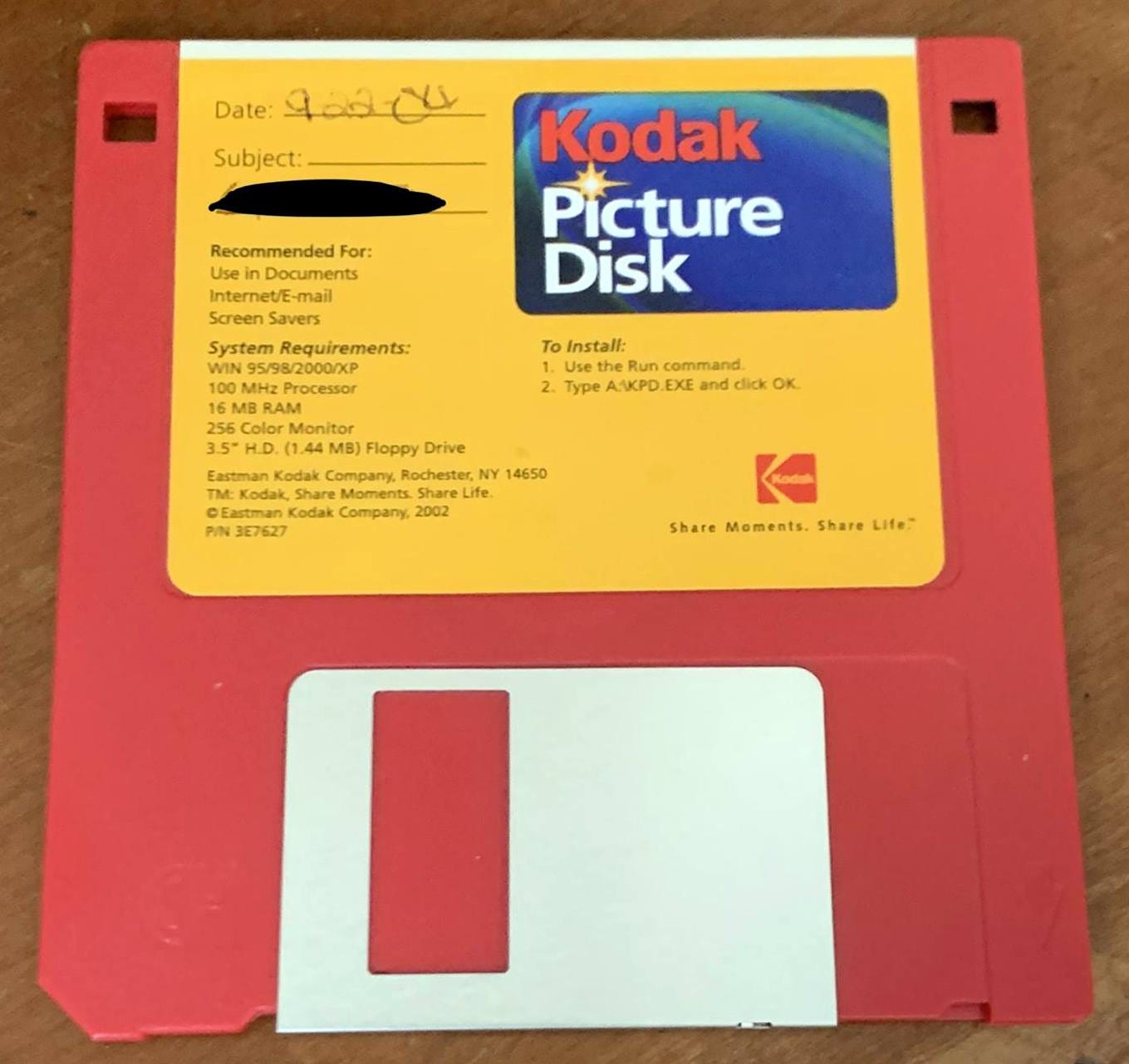
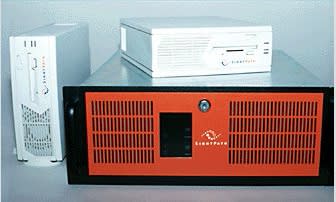
I also go back to punchcards in 1975 while being an 8th grader at a specialized math and physics school in Moscow, USSR. We used a datacenter with a Soviet clone of IBM360, coding in Fortran IV and PL/I. My first job was programming embedded software in intel 8080 assembly using 8x8 opcode lookup table and punch tape. I also used to frequent O’Reilly bookstore in Burlington, MA - I think they were called SoftPro ? After they went bust I switched to Barnes and Noble on MiddleSex turnpike. Oh good ol’ days!
I really enjoyed reading this. You are quite the living history of coding, Dmitry 😎